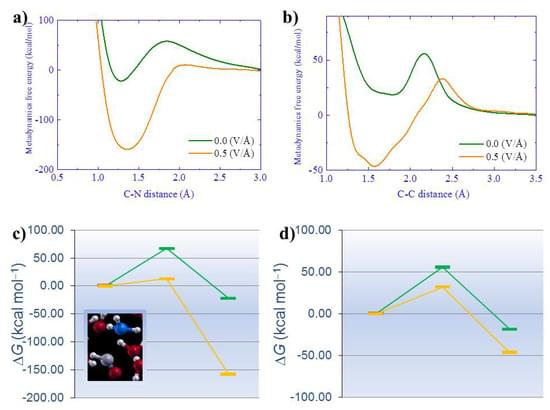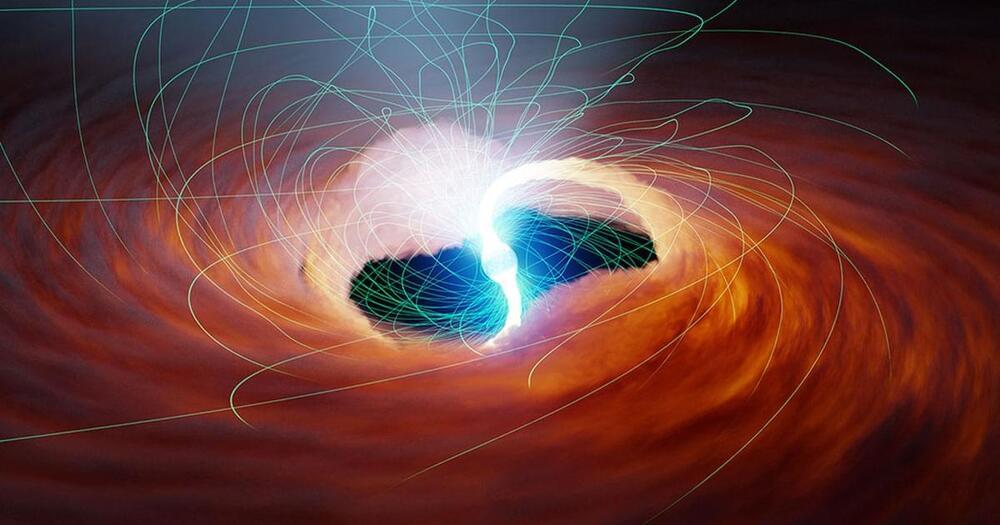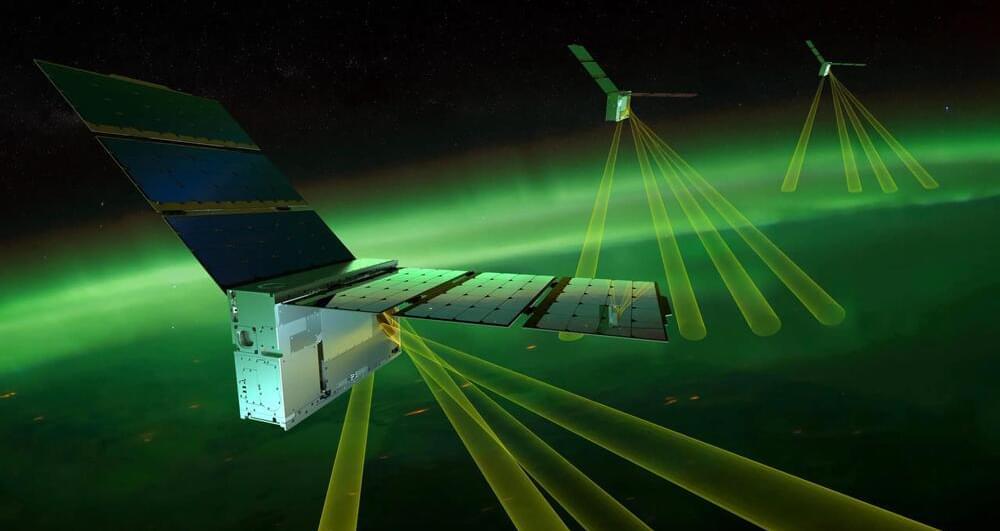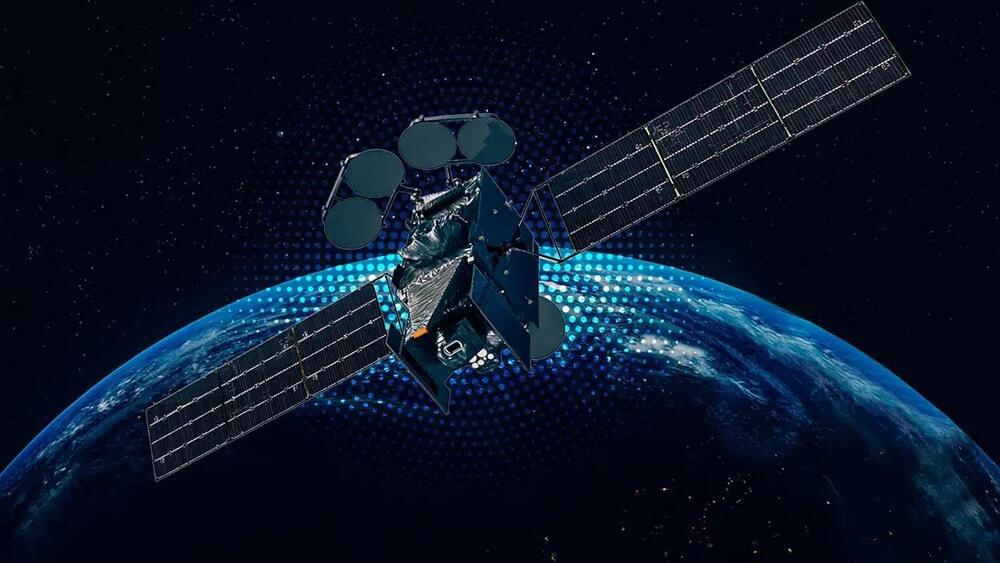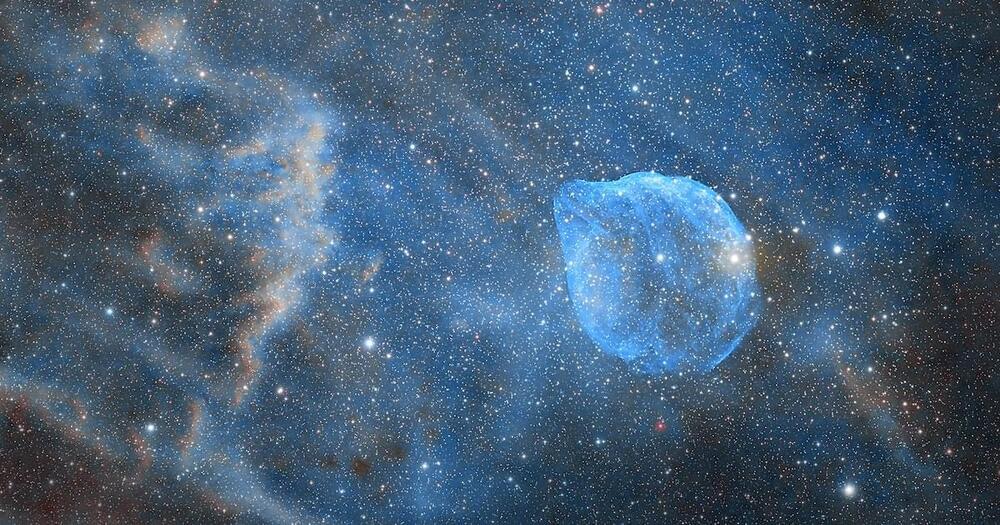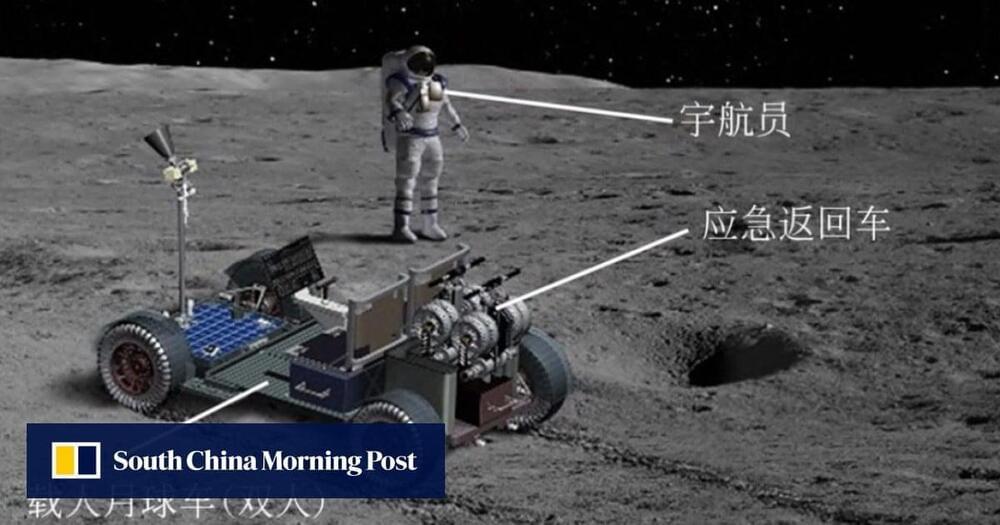Apr 12, 2023
A Computational Quantum-Based Perspective on the Molecular Origins of Life’s Building Blocks
Posted by Dan Breeden in categories: chemistry, computing, information science, quantum physics, space
Exciting.
The search for the chemical origins of life represents a long-standing and continuously debated enigma. Despite its exceptional complexity, in the last decades the field has experienced a revival, also owing to the exponential growth of the computing power allowing for efficiently simulating the behavior of matter—including its quantum nature—under disparate conditions found, e.g., on the primordial Earth and on Earth-like planetary systems (i.e., exoplanets). In this minireview, we focus on some advanced computational methods capable of efficiently solving the Schrödinger equation at different levels of approximation (i.e., density functional theory)—such as ab initio molecular dynamics—and which are capable to realistically simulate the behavior of matter under the action of energy sources available in prebiotic contexts.
